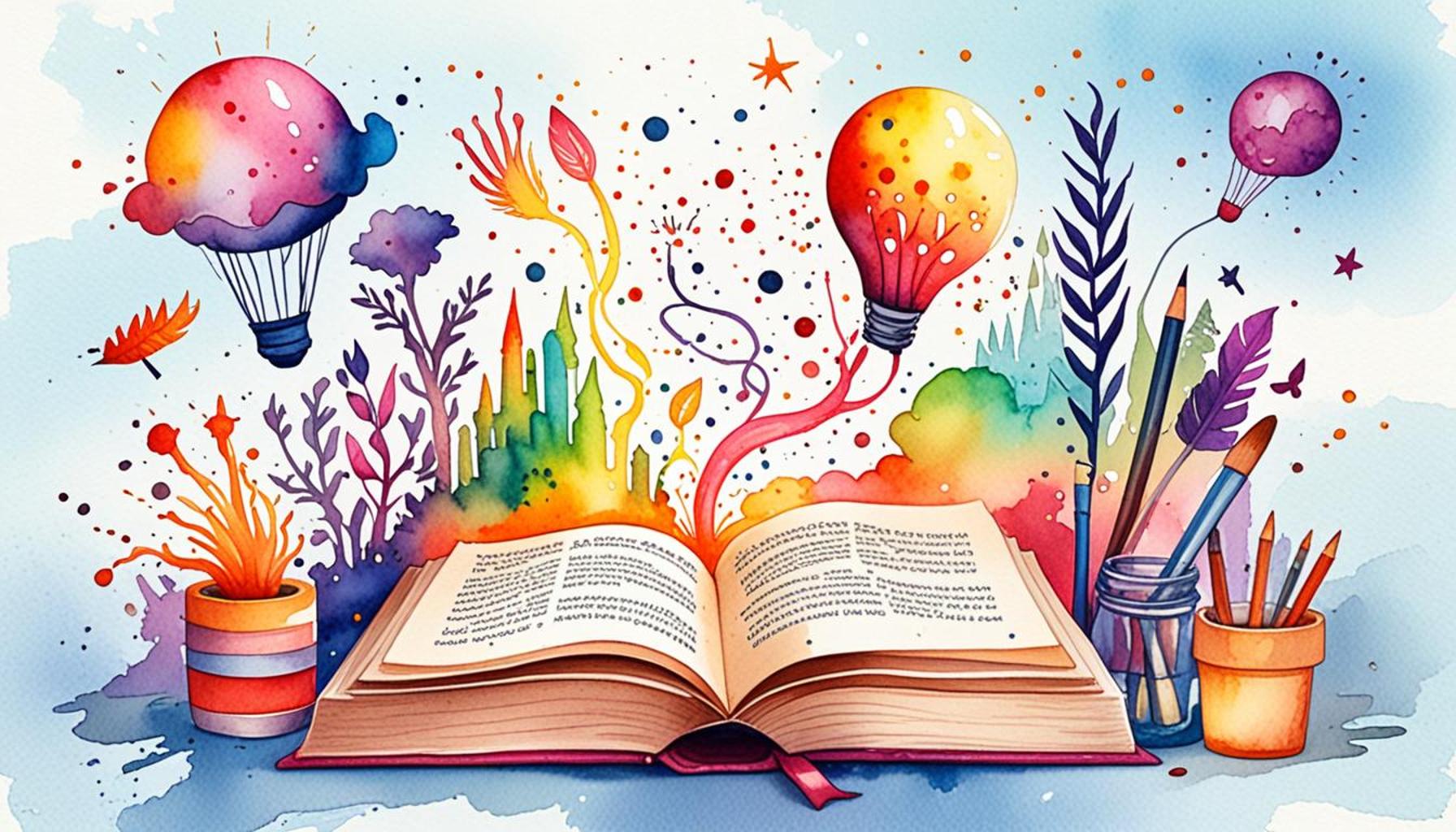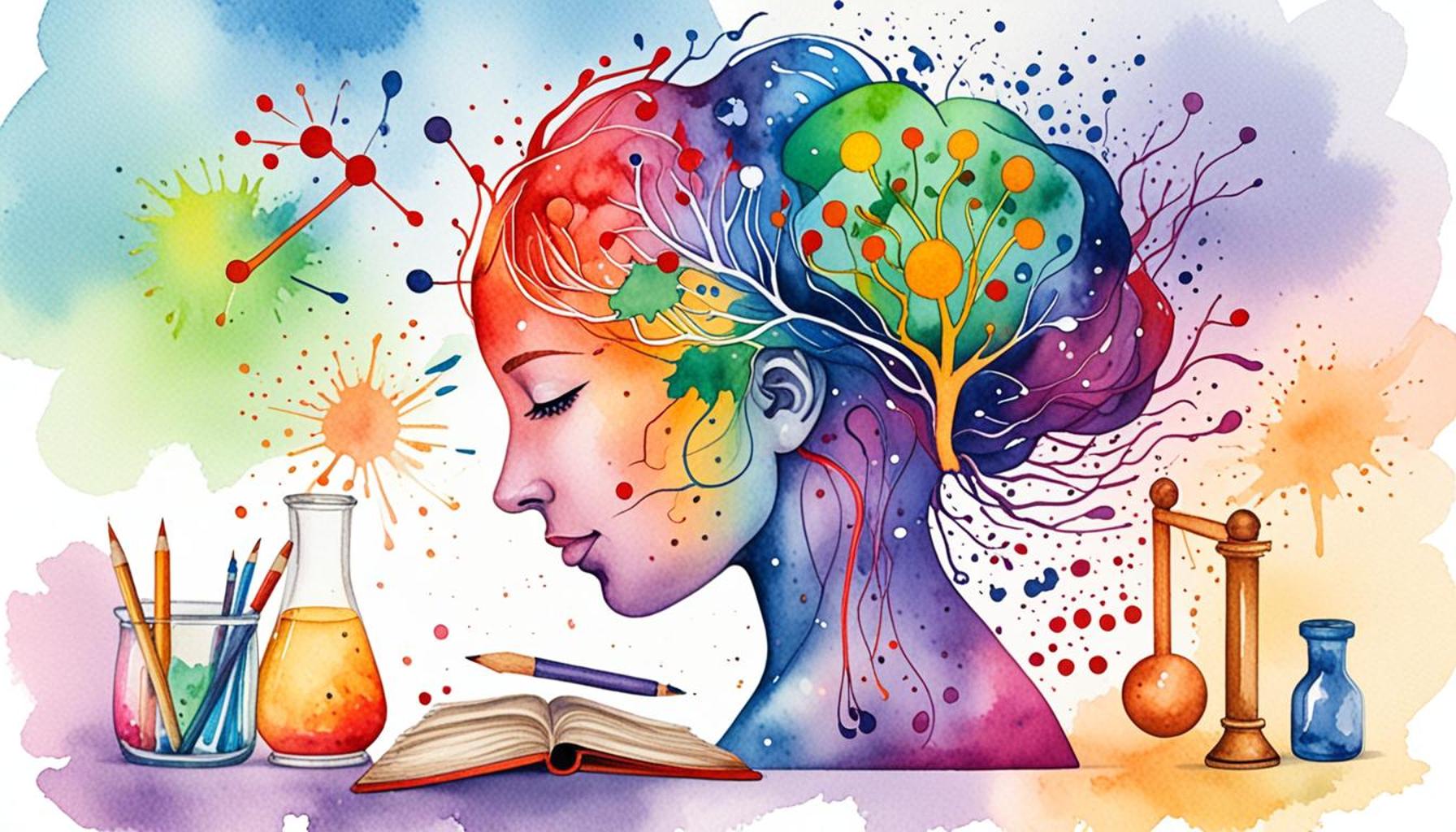Master Storytelling Boost Learning with Engaging Strategies

The Art of Storytelling in Education
Storytelling is a powerful tool in the realm of education, transcending time and cultures to create connections between learners and information. The essence of storytelling lies in its ability to transform mundane facts into captivating narratives that resonate on a personal level. By mastering storytelling techniques, educators can significantly enhance the learning process, fostering deeper engagement and improved retention.
Implementing strategies that incorporate storytelling can lead to a vibrant and interactive educational environment. Here are some impactful elements to consider:
- Relatable Characters: When learners encounter characters or narratives that reflect their own experiences or aspirations, they feel a greater connection to the material. For instance, a tale about a young girl overcoming challenges to pursue her education can inspire students facing similar hurdles.
- Vivid Imagery: Employing descriptive language and metaphors can create mental images that help solidify concepts. A science teacher might describe the process of photosynthesis as “a tree’s feast in the sunlight,” allowing students to visualize and remember the concept more vividly.
- Emotionally Charged Themes: Stories that touch upon universal human emotions—such as love, fear, and resilience—can leave lasting impressions. For example, incorporating traditional folktales from Nigeria that embody these themes can elicit emotional responses, making lessons more impactful.
In Nigeria, the rich heritage of oral storytelling serves as a tremendous resource for modern educational practices. Local tales, such as those of the tortoise and the clever hare, can be seamlessly integrated into teaching various subjects, from moral lessons to history. By embedding cultural context into the curriculum, educators not only make material more relevant but also promote an appreciation for the diverse backgrounds that students come from.
As we delve into the intersection of storytelling and education, it becomes apparent that utilizing engaging strategies can profoundly change how information is conveyed and absorbed. When learners are encouraged to create their own narratives or share personal stories related to the content, they develop a more intimate relationship with the material, which enhances their critical thinking and analytical skills.
In conclusion, embarking on this journey of discovery through storytelling can unlock new potentials within your educational framework. By embracing the essence of narratives, educators can craft learning experiences that not only inform but also inspire students, igniting a lifelong passion for learning.
CHECK OUT: Click here to explore more
Engaging Strategies to Master Storytelling
By leveraging the art of storytelling, educators can employ a variety of engaging strategies that not only spark interest but also enhance learning outcomes. The integration of narrative techniques into teaching methodologies transforms classrooms into dynamic environments where knowledge is conveyed through compelling and relatable stories. Here are some effective strategies that can elevate the educational experience:
- Interactive Storytelling: Involving students in the storytelling process cultivates a participatory learning atmosphere. Techniques such as role-playing or using digital platforms for interactive narratives allow learners to step into the shoes of characters, making lessons more memorable. For example, a history class can become a lively debate as students assume the roles of historical figures, contributing to a deeper understanding of events and perspectives.
- Story Mapping: Using visual aids like story maps helps students organize information and understand relationships between concepts. This technique is particularly useful in complex subjects such as mathematics or science, where learners can visually represent problems and solutions. In a Nigerian context, a story of a farmer can be mapped out to illustrate the cycle of planting, growing, and harvesting, linking it directly to agricultural science.
- Multimedia Storytelling: Incorporating technology into storytelling can create more engaging and immersive learning experiences. Using videos, podcasts, or digital storytelling applications can enhance the experience, especially for visual and auditory learners. For instance, creating an animated video that tells a traditional Nigerian folktale can captivate students’ attention, blending culture with technology.
The use of storytelling in education can also address different learning styles, promoting inclusivity and understanding among diverse student populations. With Nigeria’s rich tapestry of languages, cultures, and traditions, stories can be tailored to meet the interests of various groups, facilitating a shared learning experience. By weaving local narratives into lessons, students are able to see themselves reflected in the material, thus strengthening their connection to the subject matter.
Beyond mere engagement, the cognitive benefits of storytelling are substantial. Neuroscientific research indicates that stories activate multiple areas of the brain, enhancing the retention of information. When learners engage with content through narratives, they are more likely to recall details and concepts long after the lesson has ended. This long-lasting impact highlights the importance of mastering storytelling techniques as a vital component of effective teaching.
As educators embrace storytelling within their curricula, they create opportunities for students to develop critical thinking, empathy, and analytical skills. Encouraging learners to share their personal narratives related to academic topics not only nurtures communication skills but also promotes a sense of community and belonging within the classroom. In Nigeria, where oral traditions play a central role in cultural education, fostering the exchange of personal stories enriches the learning environment.
As we continue to explore the power of storytelling in education, it becomes evident that adopting these engaging strategies can profoundly amplify student participation and knowledge retention. The quest for creativity does not end with students; educators, too, must adapt and innovate in their storytelling approaches to inspire future generations.
| Advantage | Description |
|---|---|
| Enhanced Engagement | Master storytelling techniques significantly boost student engagement by transforming traditional learning into immersive experiences. |
| Improved Retention | Utilizing narrative elements helps reinforce memory, allowing learners to recall information more effectively due to the emotional connections formed through stories. |
Incorporating storytelling into educational frameworks creates a powerful synergy that not only captivates the audience but also drives a deeper understanding of the material. By weaving narratives that resonate with learners, instructors can transport them beyond the confines of the classroom, ushering in an era where learning becomes an adventure. Each story acts as a vehicle for conveying knowledge, making complex concepts more accessible.Moreover, the emotional impact of a well-told story fosters a sense of connection among peers, promoting collaboration as students unite to discuss and analyze the shared narrative. This collaborative aspect not only enriches the learning experience but aids in developing critical thinking skills as students engage with varied perspectives. As such, master storytelling emerges as an essential strategy that educators can harness to transform their teaching methodologies and enhance student outcomes.
CHECK OUT: Click here to explore more
The Role of Cultural Relevance in Storytelling
Cultural relevance is a cornerstone of effective storytelling in education, particularly in a diverse nation like Nigeria. When stories resonate culturally, they create a bridge between the lesson and the student’s lived experiences, making learning far more impactful. Integrating local legends, proverbs, and contemporary narratives into the curriculum not only helps to ground students’ understanding but also galvanizes their appreciation for their heritage. For instance, weaving the tales of Anansi, the clever spider from West African folklore, into lessons on problem-solving fosters both critical thinking skills and cultural pride.
Utilizing Local Languages for Deeper Connection
Another engaging strategy lies in the use of local languages alongside English in storytelling. The richness of Nigeria’s over 500 languages provides a unique opportunity for educators to connect with students on a deeper level. By incorporating indigenous languages into lessons, educators validate the students’ cultural identities, making the content more relatable. For example, telling a story in Hausa or Yoruba about a village hero can illustrate moral lessons while fostering language preservation. This not only boosts comprehension but also encourages students to engage more actively in their education.
The Therapeutic Power of Sharing Stories
Storytelling serves a therapeutic purpose in education, providing students with an outlet to express their thoughts and emotions. The process of sharing personal narratives encourages vulnerability and openness, fostering a classroom culture based on trust and respect. This can be particularly empowering for students who may struggle with self-confidence or who face socioeconomic challenges. Workshops that promote storytelling circles or buddy storytelling can be effective in promoting empathy among peers, as students listen and learn from each other’s unique experiences.
Gamification: Storytelling Meets Play
Incorporating gamification into storytelling transforms traditional lessons into captivating adventures. Allowing students to navigate storylines through quizzes or interactive games enhances motivation and reinforces learning objectives. For instance, a science lesson about the water cycle can be transformed into an adventure game where students unlock achievements by answering questions related to different stages of the cycle. By integrating game mechanics with storytelling, educators can create a sense of achievement, appealing to students’ natural desire to explore and compete.
- Story Podcasts: Creating a series of podcasts where educators narrate stories can open new avenues for learning. This provides flexibility for students to engage with the content anywhere, whether on their way to school or at home, enhancing auditory learning.
- Story-based Assessments: Instead of traditional exams, teachers can use creative storytelling assessments, encouraging students to demonstrate their understanding of a topic through innovative narratives. They could illustrate a scientific principle or a historical event through storytelling, fostering skills in creativity and expression.
With these strategies, the scope of storytelling within education broadens, offering multifaceted opportunities for learning. As the narrative landscape evolves, educators need to remain adaptable and innovative in their approach, ensuring that they not only convey knowledge but also inspire curiosity and a love for learning. Bringing together the threads of cultural relevance, language diversity, and interactive techniques can drive student engagement and promote a holistic educational experience that resonates long after the classroom doors close.
CHECK OUT: Click here to explore more
Conclusion: Elevating Education through Storytelling
In an age where traditional teaching methods often fall short, mastering storytelling as an educational tool emerges as a game-changer. By incorporating strategies that resonate culturally, utilize local languages, and embrace interactive techniques, educators can significantly boost engagement and enhance learning outcomes. The power of storytelling lies not only in its ability to convey information but also in its capacity to forge connections among students, drawing on their rich tapestries of experiences and backgrounds.
Cultural relevance ensures that knowledge feels authentic and accessible, while the use of local vernaculars enhances comprehension and belonging, empowering students to embrace their identities fully. Furthermore, storytelling circles and collaborative narratives foster an environment of trust and empathy, allowing learners to express themselves in a safe space. Combine this with gamification elements and innovative assessment methods, and we see a transformation—one that turns learning into an adventure rather than a chore.
As we forge ahead, it is essential for educators, policymakers, and stakeholders to commit to investing in storytelling techniques that engage learners at multiple levels. The potential for storytelling in education extends far beyond skill acquisition; it stands as a beacon of inspiration, creativity, and possibility. By embracing these engaging strategies, we can cultivate a generation of learners who not only thrive academically but also connect deeply with the world around them, ensuring that the stories of today shape the narratives of tomorrow.


